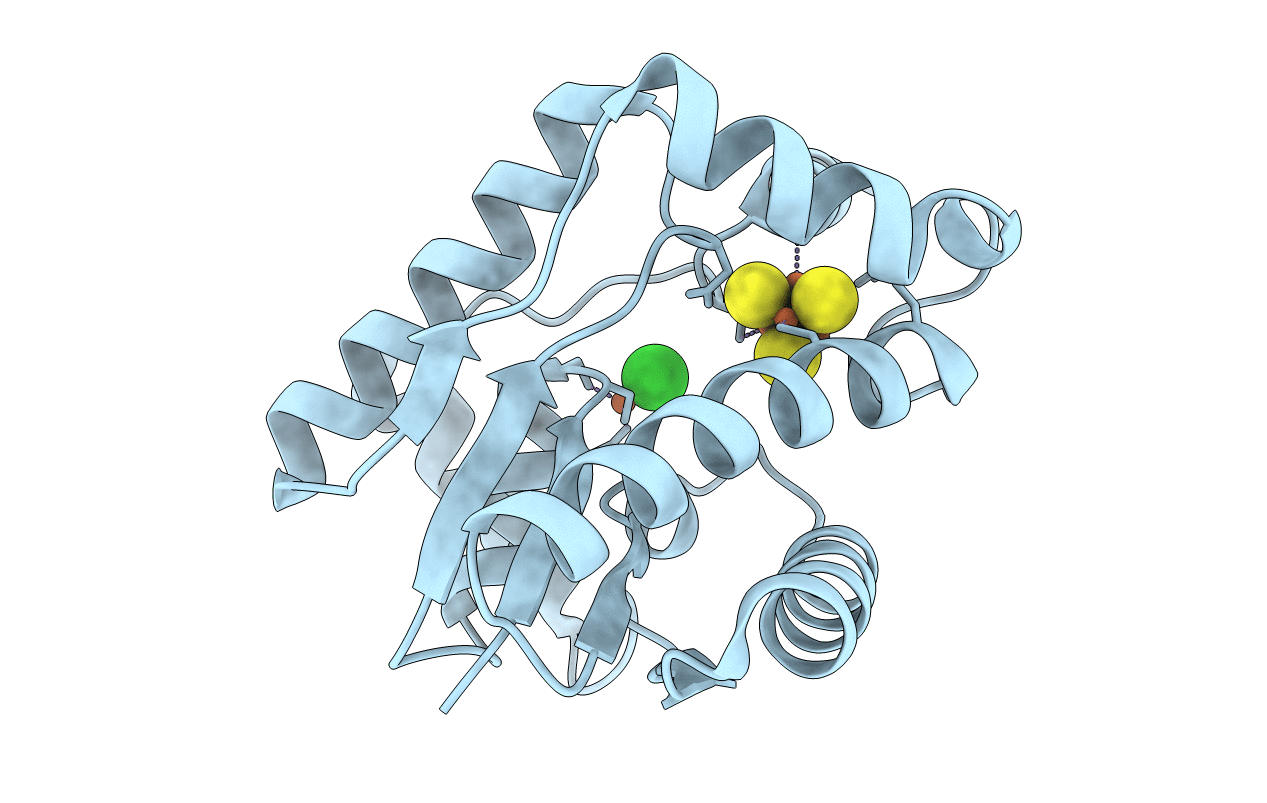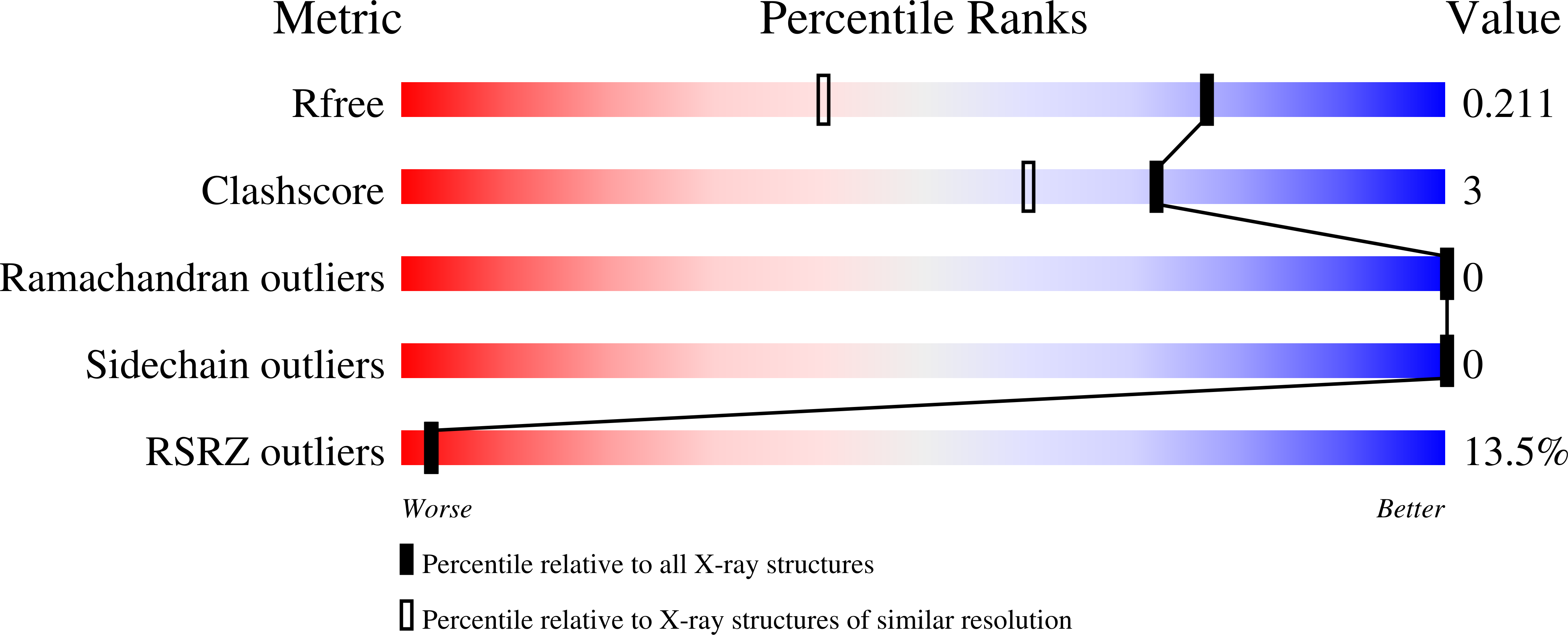
Deposition Date
2021-01-09
Release Date
2021-11-03
Last Version Date
2024-05-22
Entry Detail
PDB ID:
7LC5
Keywords:
Title:
Crystal structure of epoxyqueuosine reductase QueH from Thermotoga maritima
Biological Source:
Source Organism:
Thermotoga maritima MSB8 (Taxon ID: 243274)
Host Organism:
Method Details:
Experimental Method:
Resolution:
1.50 Å
R-Value Free:
0.21
R-Value Work:
0.19
R-Value Observed:
0.19
Space Group:
C 2 2 21


